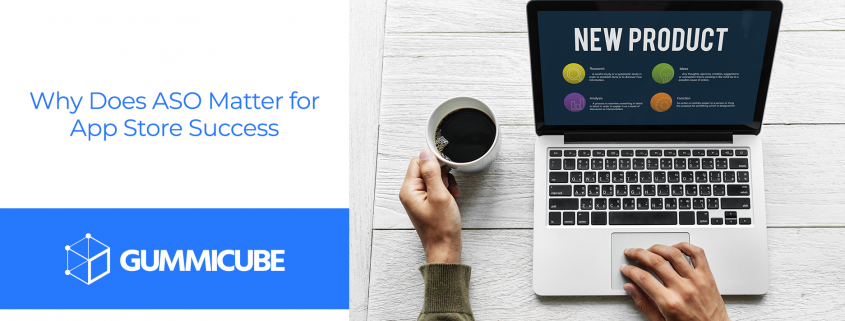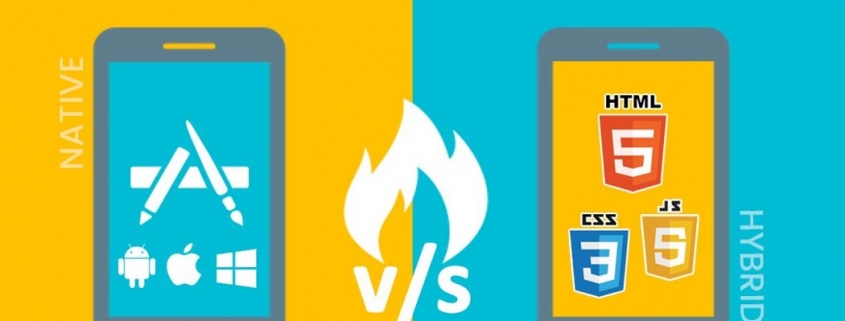7 Mobile Apps that Help You Step Up Your Photo Editing Game
In a highly digital age where an exciting and well-curated feed is key to maintaining a relevant online presence, it is important to find a mobile app that can help you achieve the exact look you are going for. With these digital spaces fast becoming avenues for growth, creativity, and self-expression, veering away from the stereotypical and usual throw-away photos and videos being posted should definitely be explored.
While a #nofilter and #real aesthetic are still very much valid depending on how you choose to share your photos and IG stories, there is nothing like finding your own niche and actually sharing images the way they look in your mind when you took them. If you are keen on exploring your true visual style, here are some editing and photography apps that can help you get started.
Adobe Lightroom CC
If you are looking for a program that allows you to create crisp and professional-looking images, you’ll be happy to know that this mobile version of Lightroom has got you covered. Besides offering presets that can help you easily and effortlessly apply to your photos, you also have the chance to edit your images manually.
Think of this as the ultimate tool that helps you post-process your photographs without having to lug your laptop or desktop computer around with you everywhere. Thanks to mobile app developers in the field, you can enhance certain aspects of your images on the go. From the tone, contrast, color, to the exposure – this can do everything and then some.
Photoshop Express
Similar to Adobe Lightroom CC, this mobile app seamlessly condenses all the best and most essential aspects of the P.C. version. This means you can also adjust the exposure of your images and even crop photos! You can also use the blur and collage option, as well as the healing tool – making you picture perfect in every angle.
Not to mention, you can even create presets that might just help you save time when you are on the go. While this may not necessarily be as powerful as its desktop counterpart, this powerful tool definitely deserves a spot in your arsenal.
Snapseed
Managed to capture something you like in low light? Or perhaps you went partying with your friends and took numerous mirror selfies in poor lighting conditions? Whatever your concern might be, this mobile app brings your images right where you want them to be.
For one, editing your underexposed image using the Curves feature will allow you to take charge over the brightness levels to a tee. You can also play with the highlights and the tonal contrast features which surely comes in handy should your photo appear a little too dark. You can just imagine the lengths mobile app developers have gone through the mobile app development process just to give you maximum and precise control over your image.
VSCO
VSCO remains to be a perennial favorite of numerous social media influencers today. As a matter of fact, you can bet that most of your fave online personalities rely on this helpful program to make their pictures appear warmer and brighter than the original image. While this may be a hit and miss for some, it cannot be denied that wide range of filters certainly lends some convenience to users, especially those who simply want to update their feed on the fly.
A Color Story
A Color Story boasts of more than 300 colorful filters and over 100 effects that can catch the eye of any individual. For individuals who love a fresh and vibrant pop of color, this particular application is worth exploring. Here, you can get a bright and multicolored look that still has depth and dimension.
Unfold
If you want to add a bit more pizzazz each time you post on your social media feed, one way you can elevate the appearance of your curated posts is using this Unfold application. Perfect for beginners who are interested in exploring their creative side, this program will have tons of choices that will allow you to showcase your videos and photos in exciting ways. With over 150 templates and designs to choose from, you’ll have endless fun seeing how you can present yourself to the world.
Made – Story Editor and Collage
Fan of collages that allow you to show the countless images you took on your recent trip out of the country? Made makes it possible for you with to share your images with this beginner-friendly application. Besides the array of templates, filters, and stickers, this mobile app provides users with colorful and vibrant backdrops that ensure your feed is on point.
Want to upgrade your editing and photography styles? Look no further than these photo editing apps. What are you waiting for? Download these on your smartphones and start editing away!
















